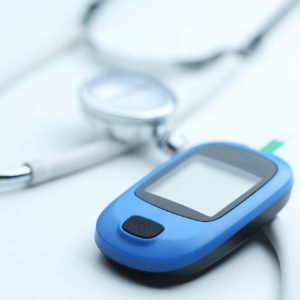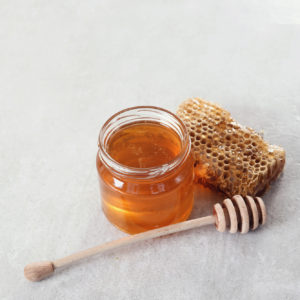National Diabetes Awareness Month


34.2 million Americans have diabetes, and one in five of those people don’t even know they have it. The need for diabetes awareness month is more important than ever because of the high-stakes issues of affordability and access along with increased risk of death for those with diabetes. Eight in ten people have prediabetes, and can cut their chances of getting diabetes in half with the proper diet and exercise. Regular routine physicals are the best way to stay up to date on your healthcare. Your doctor can run important tests and help you get back on track if anything suspect comes back.
If you or a loved one has diabetes, there are numerous online resources to help cover your medical supplies, advise you on exercise programs and even provide meal ideas to keep you on the right track. Diabetes is a serious medical condition and should be treated accordingly. Make this your month!
Break You Binging Cycle


Here are a few tips to help break the habit:
Break out of your couch potato habits and try to be more active: Get up after an episode and stretch or watch programs while on a treadmill or other exercise equipment.
For those inclined to reach for a snack and beverage during a binge, opt for berries, grapes, and other fruits, and skip the sugar and alcohol.
Be mindful of bingeing hours, stick to a time window such as 7 p.m. to 10 p.m. to allow for “emotional cooling” before bedtime.
Try to spread out consumption over the week rather than chunks at a time; not only does this prolong the pleasure derived from streaming favorite shows, but it may also help bingers to switch to more physical activities and social connections.
Most importantly, the next time you reach for the remote, remember…everything in moderation.
What’s the Buzz About Honey?


One tablespoon (tbsp) honey, equal to 21 grams, provides about 60 calories and 17 grams of carbohydrates (16 to 17 g from sugar), while 1 tbsp granulated sugar provides 49 calories and 13 g carbohydrates (13 g from sugar).
Honey’s natural antibacterial qualities are well known. When modern antibiotics were developed, medicinal use of honey fell out of favor. But with the development of antibiotic-resistant bacteria in recent decades, researchers are looking anew at honey’s antibacterial qualities. Because bacteria do not generally seem to develop resistance to honey, it has therapeutic potential for use as a broad-spectrum antibiotic (one that can treat different types of infections). Just be sure to follow your doctor’s orders.






